
Here is good news for giraffe, saiga, African elephant and other endangered species.
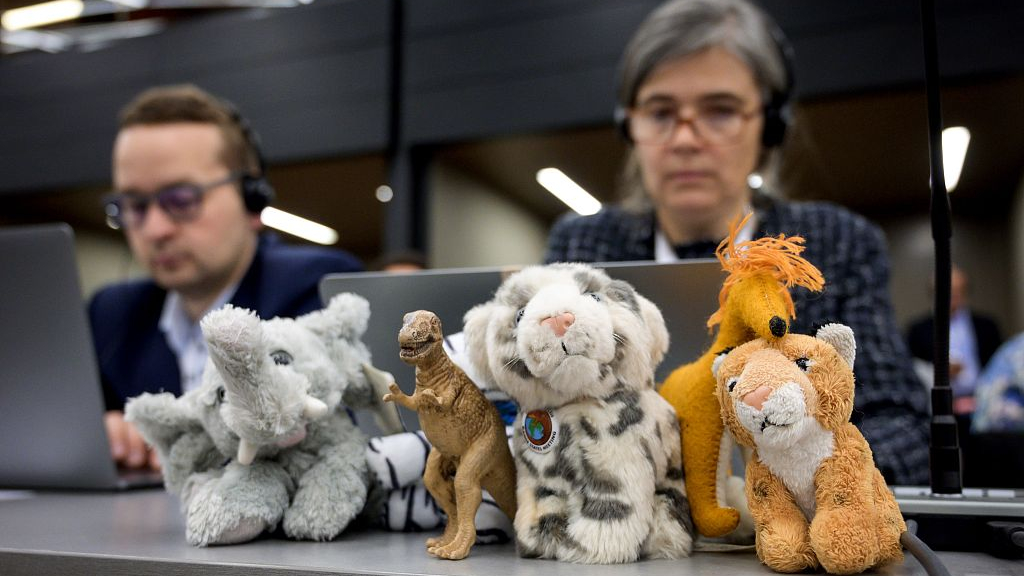
Stuffed animals are displayed in front of delegates attending the opening day of the Convention on International Trade in Endangered Species (CITES) on August 17, 2019, in Geneva. /VCG Photo
The triennial World Wildlife Conference, known formally as CoP18 of the Convention on International Trade in Endangered Species of Wild Fauna and Flora (CITES), concludes on August 28. According to the CITES press release, the Conference revised the trade rules for dozens of wildlife species that are threatened by unsustainable trade linked to overharvesting, overfishing or overhunting.
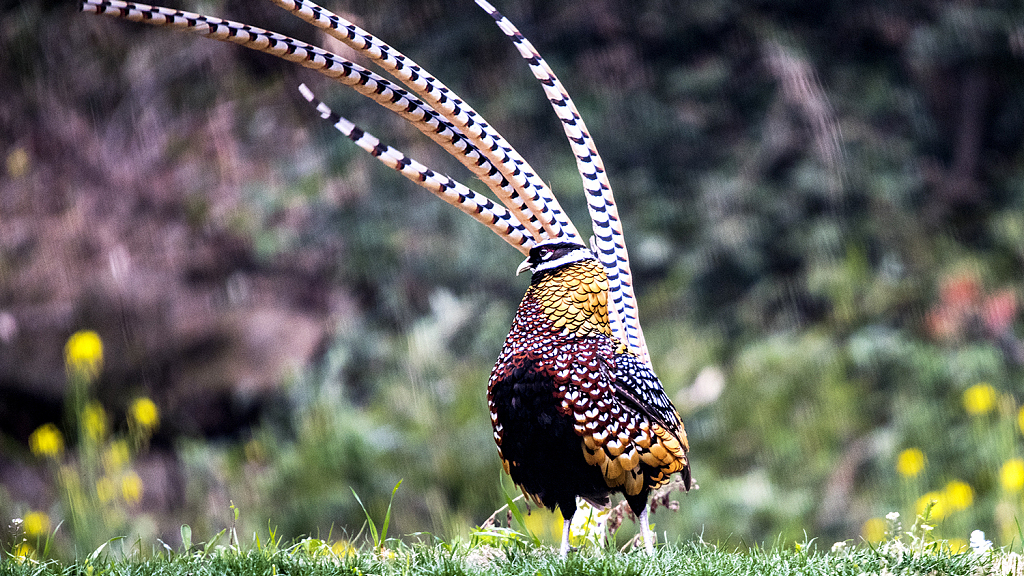
The Reeves's pheasant, a beautiful large pheasant endemic to China, has been included in CITES Appendix II. /VCG Photo
Among all proposals put up on CoP18, all five submitted by China have been accepted. These proposals will rewrite the destiny of Reeves's pheasant, leopard gecko, and three species of newts by including them in Appendix II.
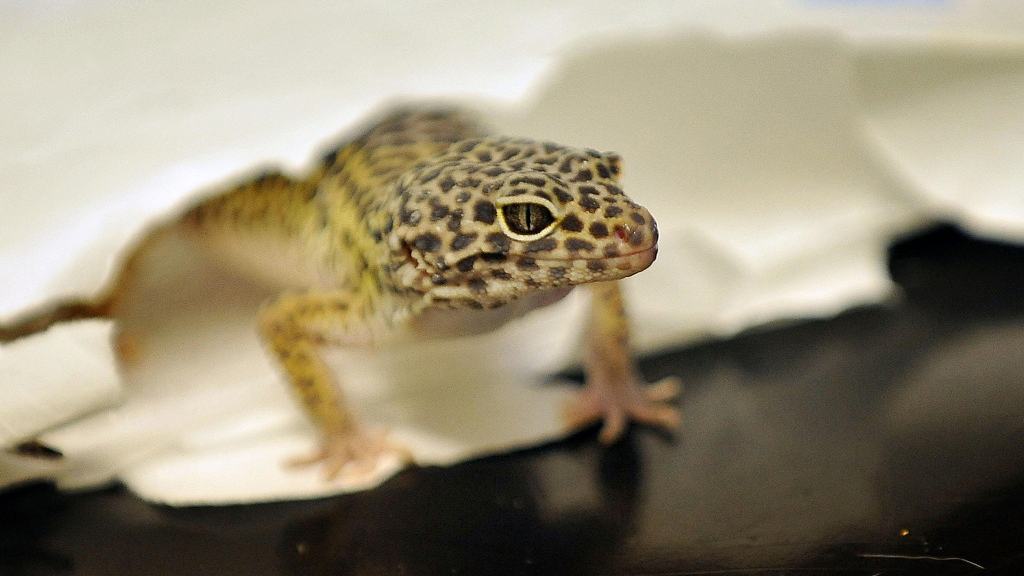
The leopard gecko is another species on the brink of being threatened. Thanks to China's proposal, it has been included in CITES Appendix II. /VCG Photo
As wildlife trade regulator, CITES keeps three lists as Appendices I, II and III. Appendix I lists species that are the most endangered and threatened with extinction. CITES prohibits international trade of them. CoP18 added these animals to Appendix I: saiga antelope, small-clawed otter, smooth-coated otter, black crowned-crane, Grenadines clawed gecko, two species of swallowtail butterflies, four species of lizards and five species of turtles and tortoises.

Saiga antelope. /VCG Photo
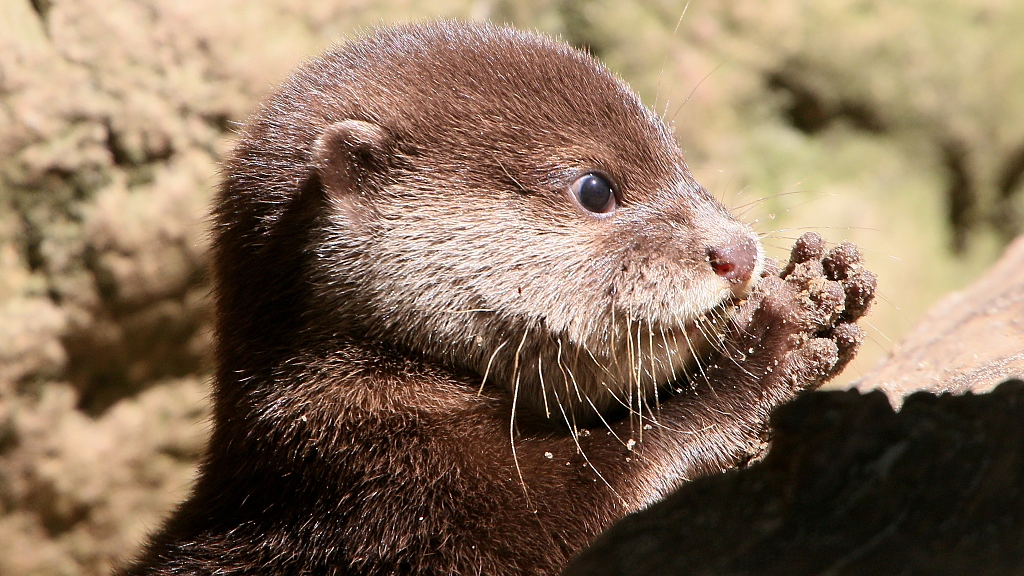
Small-clawed otter. Asia's smooth-coated and small-clawed otters, threatened by habit loss and possibly by trade in live animals, were transferred from Appendix II to Appendix I, which prohibits all commercial trade in the species that it lists. /VCG Photo
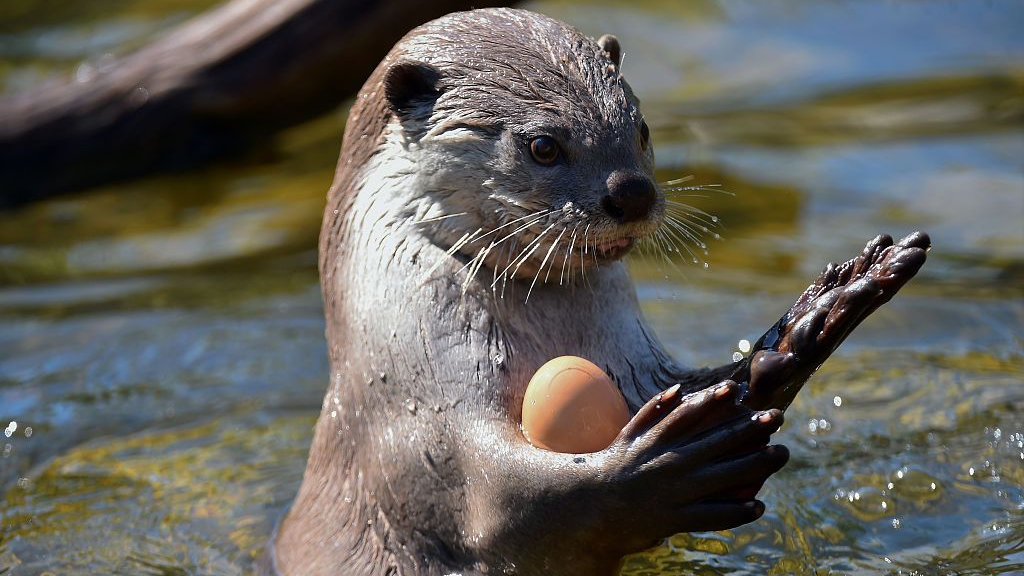
Smooth-coated otter. Asia's smooth-coated and small-clawed otters, threatened by habit loss and possibly by trade in live animals, were transferred from Appendix II to Appendix I, which prohibits all commercial trade in the species that it lists. /VCG Photo
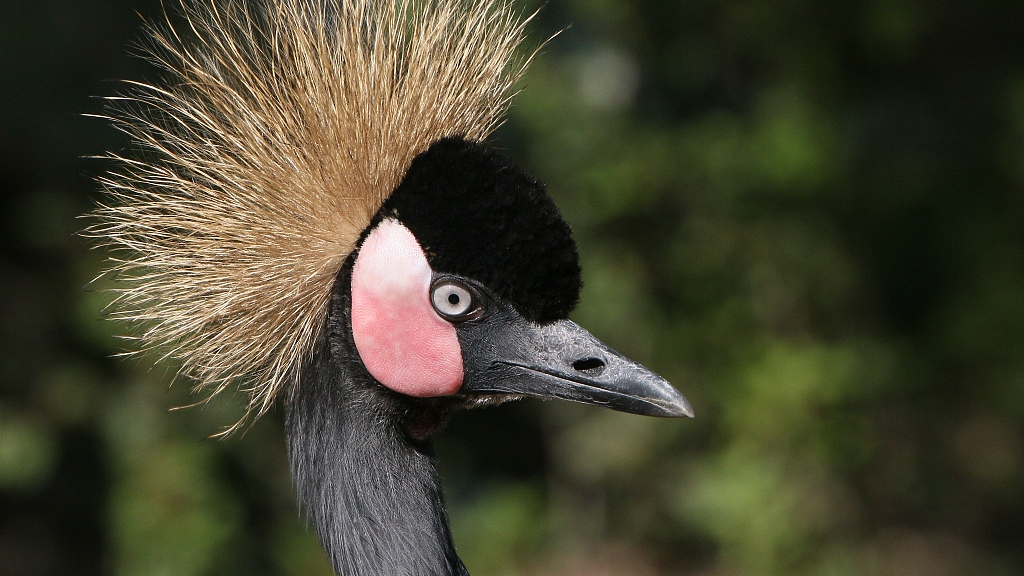
Black crowned-crane. /VCG Photo

Garden lizard. /VCG Photo
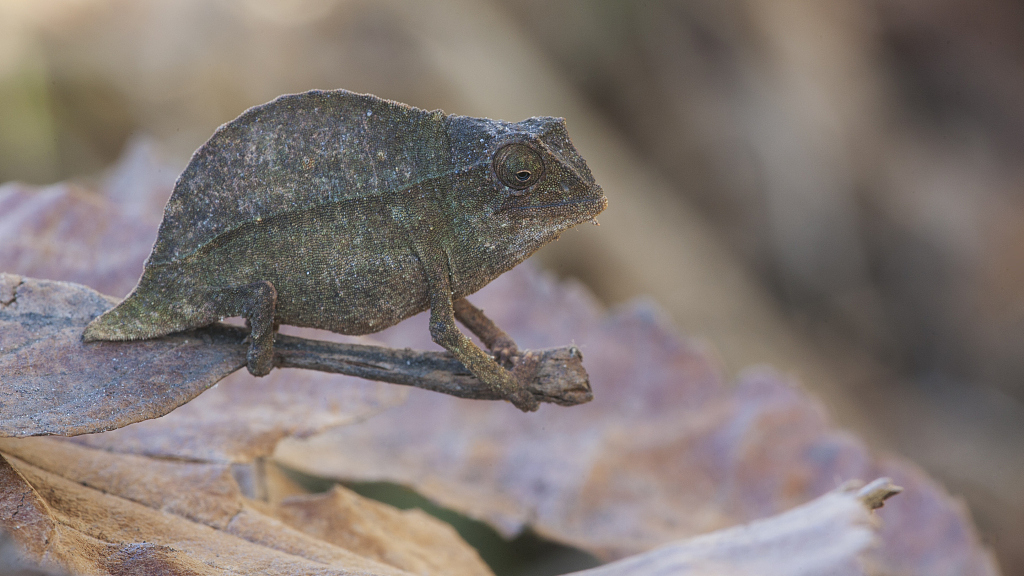
Pygmy lizard. /VCG Photo
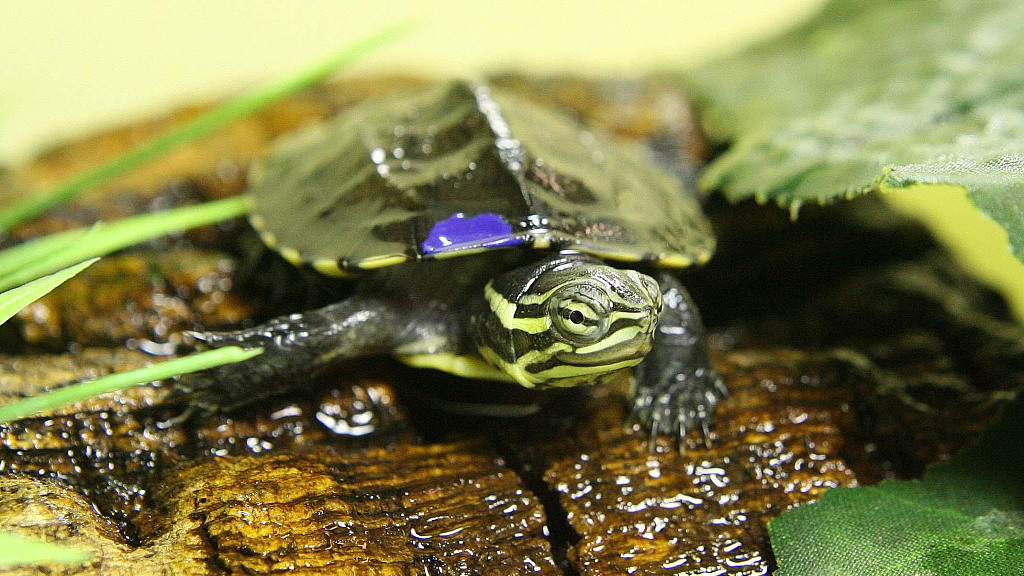
Annam leaf turtle./VCG Photo
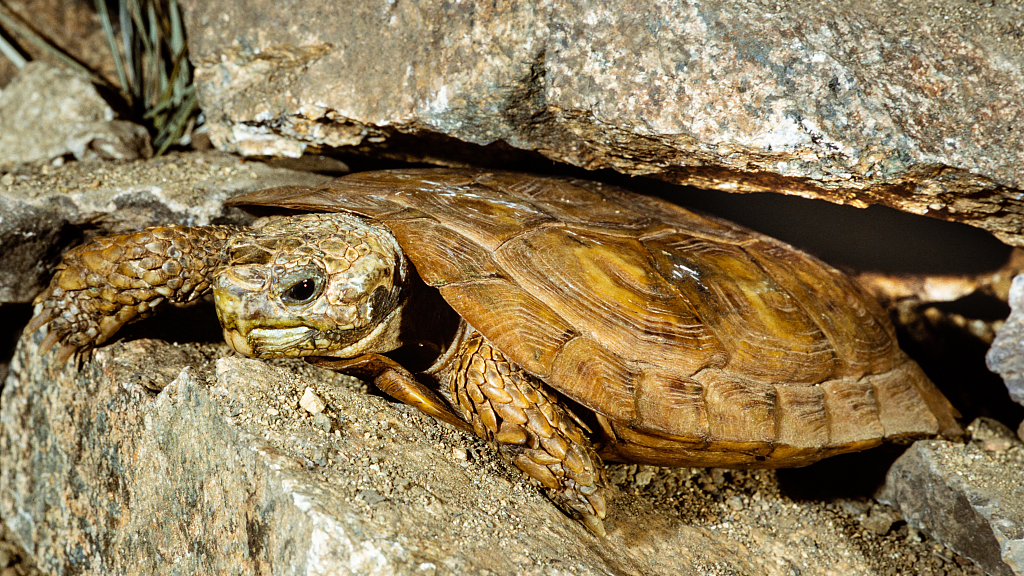
Pancake tortoise./VCG Photo
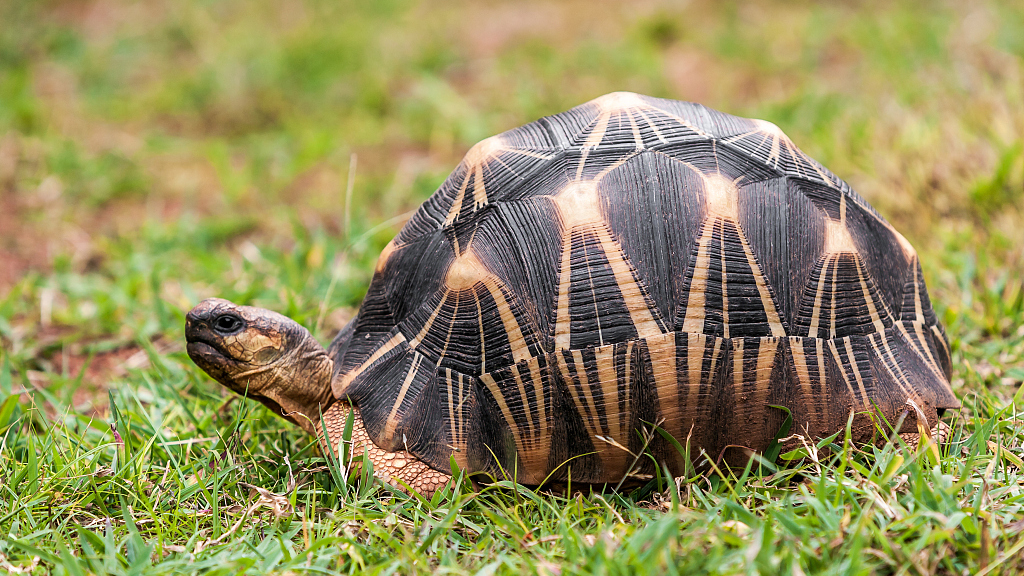
Star tortoise./VCG Photo
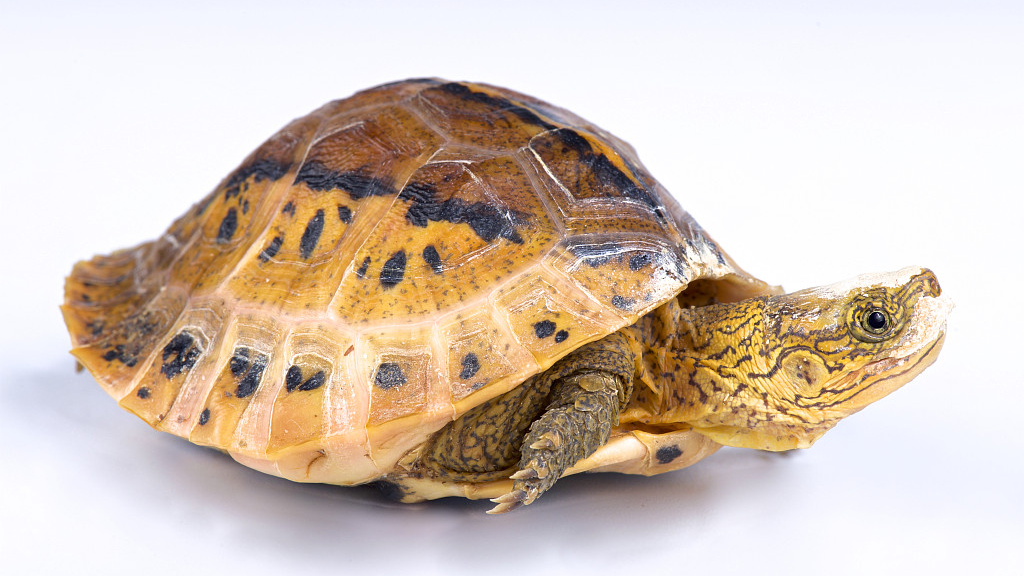
Vietnamese box turtle./VCG Photo
Appendix II lists species that are not necessarily now threatened with extinction but that may become so unless trade is closely controlled. International trade in specimens of Appendix-II species may be authorized by the granting of an export permit or re-export certificate. CoP18 added these animals to Appendix II: giraffe, Reeves's pheasant, three species of geckos, three species of newts, spiny-tailed iguana, spider-tailed horned viper, glass frog, ornamental spider, mako shark, guitarfish, wedgefish and teatfish.

The African giraffe population as a whole has shrunk by an estimated 40 percent over the past three decades, to just under 100,000 animals, according to figures available to the International Union for Conservation of Nature (IUCN). Noting that giraffes have declined by 36-40 percent over the past three decades due to habitat loss and other pressures, the conference added the world’s tallest animal to Appendix II. /VGC Photo
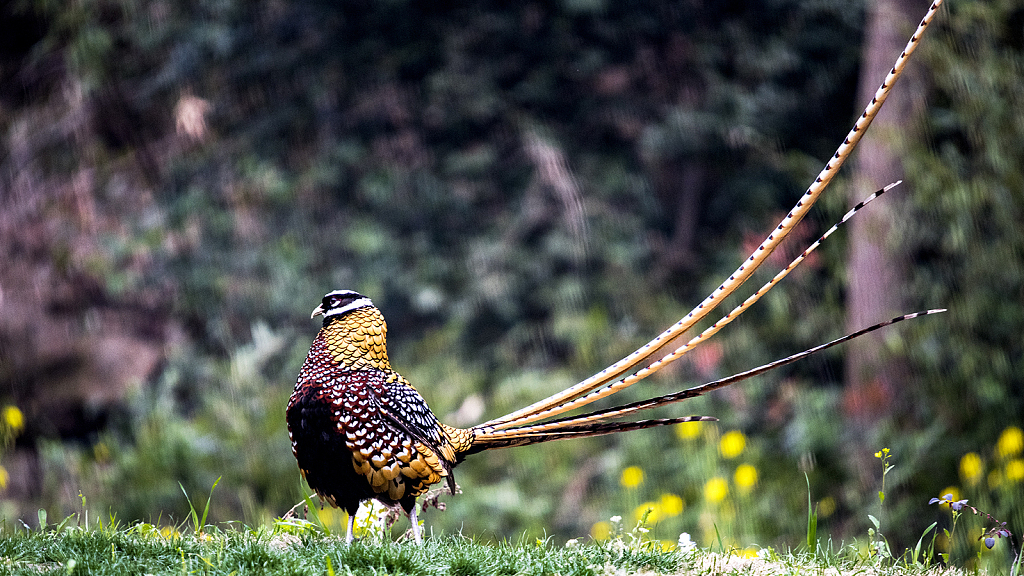
The Reeves's pheasant, a beautiful large pheasant endemic to China, has been included in CITES Appendix II. /VCG Photo
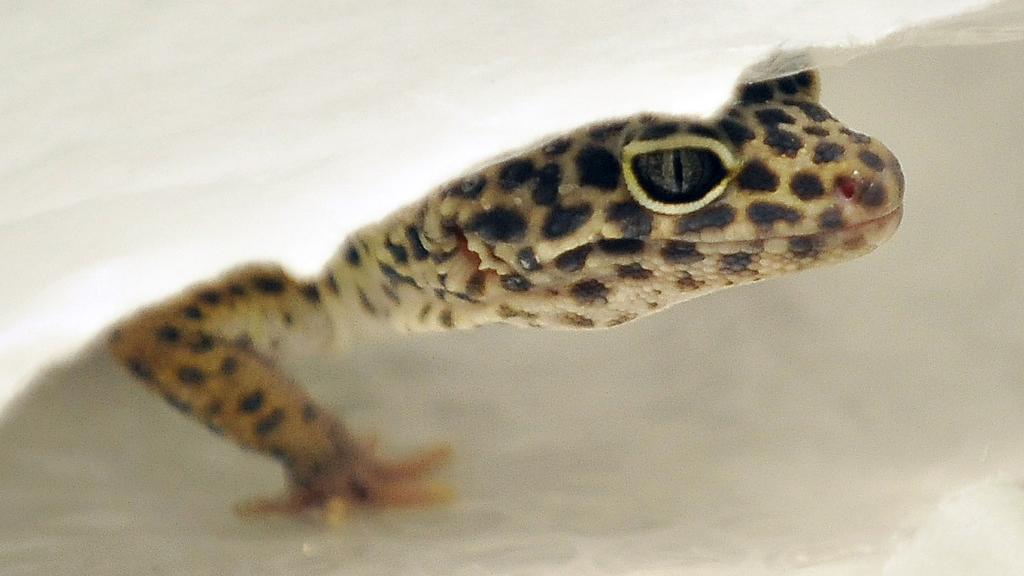
Leopard gecko, another species on the brink of being threatened. Thanks to China's proposal, it has been included in CITES Appendix II. /VCG Photo
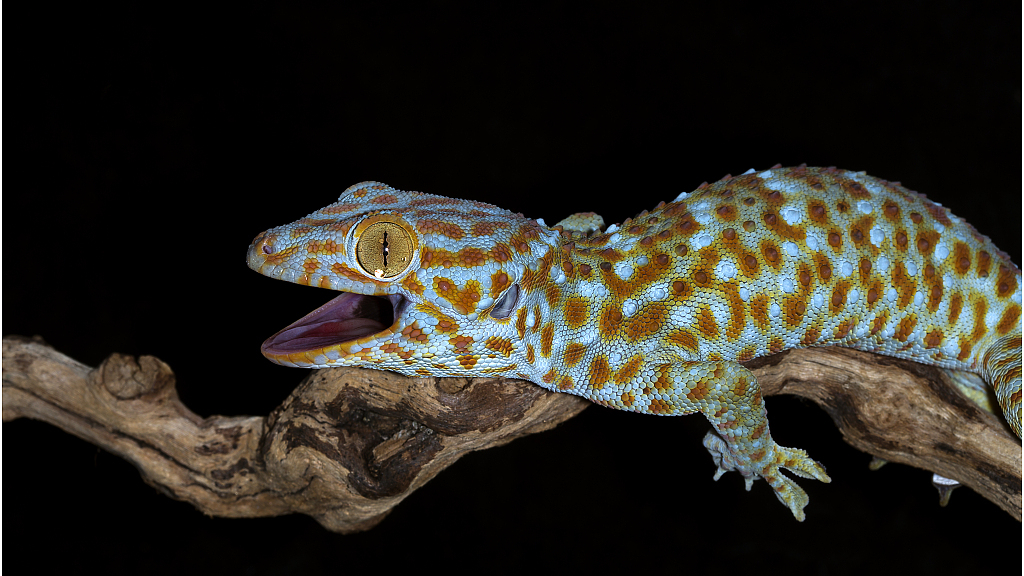
Tokay gecko. Because the growing exotic pet trade has put enormous pressure on many species of turtle, lizard and gecko, CITES added a range of these species to the Appendices. VCG Photo

Spiny-tailed iguana. /VCG Photo
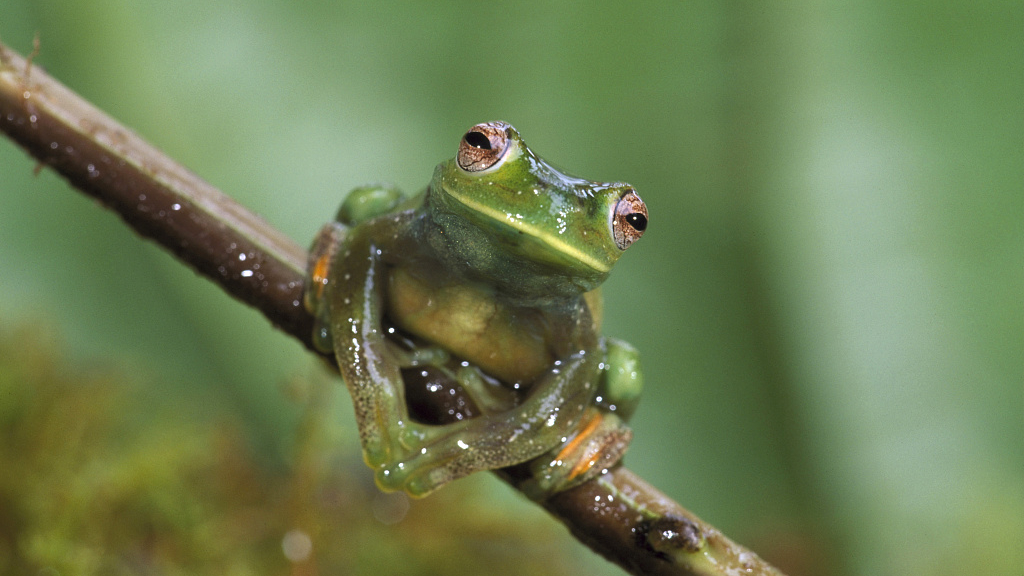
Glass frog. /VCG Photo
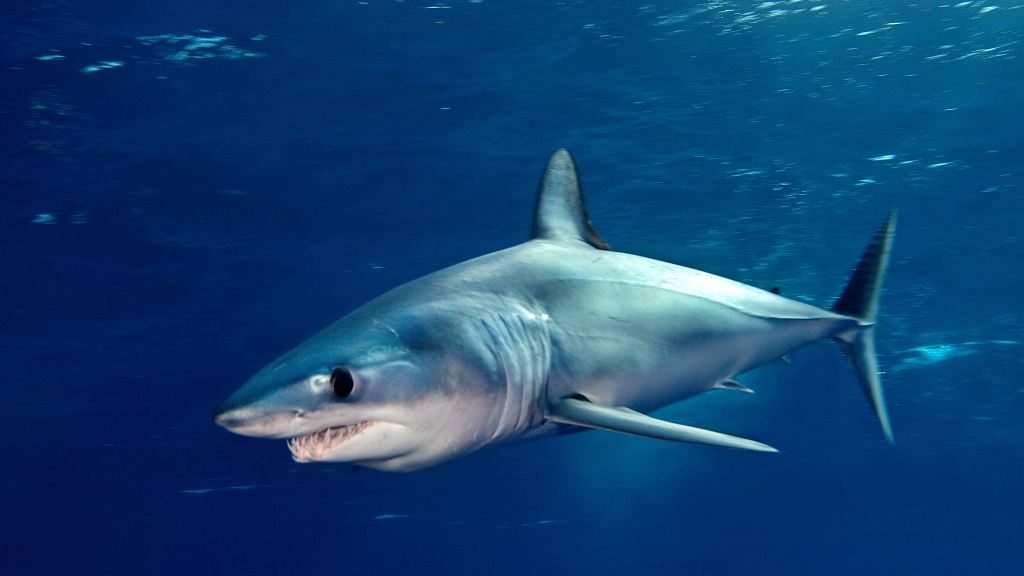
Continuing the trend of using CITES trade quotas and permits to promote sustainable commercial fisheries, the conference decided to add 18 more shark species to Appendix II. They included blacknose and sharpnose guitarfishes, which are highly valued for their fins and considered endangered by the IUCN Red List of Threatened Species. Shortfin and longfin mako sharks, together with white-spotted and other species of wedgefishes, were also listed in Appendix II.
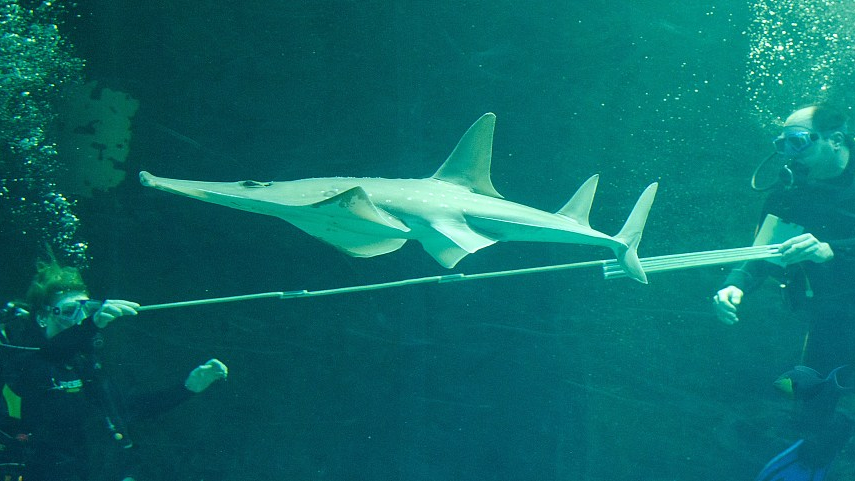
Continuing the trend of using CITES trade quotas and permits to promote sustainable commercial fisheries, the conference decided to add 18 more shark species to Appendix II. They included blacknose and sharpnose guitarfishes, which are highly valued for their fins and considered endangered by the IUCN Red List of Threatened Species. Shortfin and longfin mako sharks, together with white-spotted and other species of wedgefishes, were also listed in Appendix II.
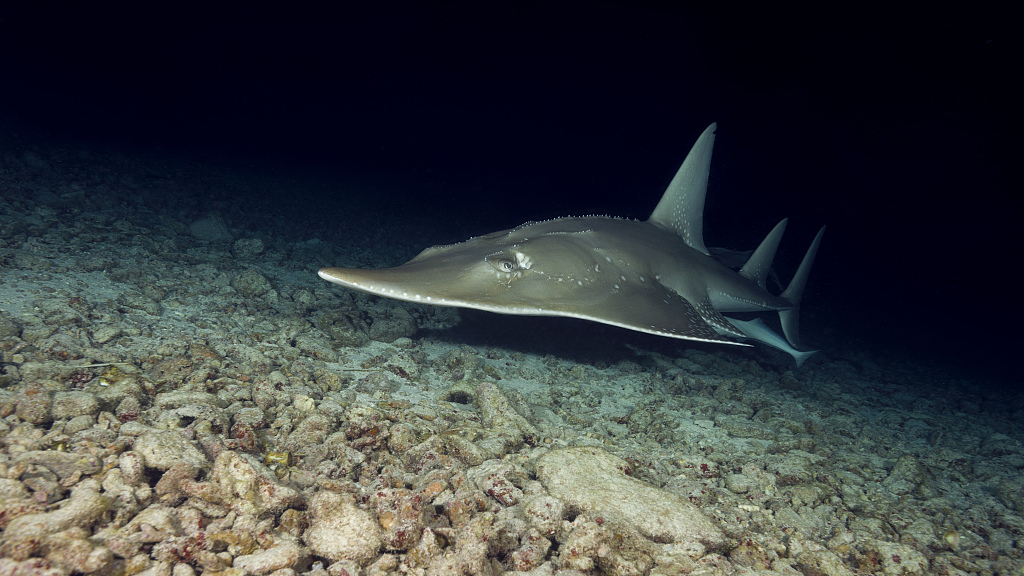
Continuing the trend of using CITES trade quotas and permits to promote sustainable commercial fisheries, the conference decided to add 18 more shark species to Appendix II. They included blacknose and sharpnose guitarfishes, which are highly valued for their fins and considered endangered by the IUCN Red List of Threatened Species. Shortfin and longfin mako sharks, together with white-spotted and other species of wedgefishes, were also listed in Appendix II.
Another important news from CoP18 is, the conference reviewed the measures for the export of live African elephants. CITES decided to restrict exports of wild-caught African elephants beyond their home countries or natural habitats – only with a few exceptions.
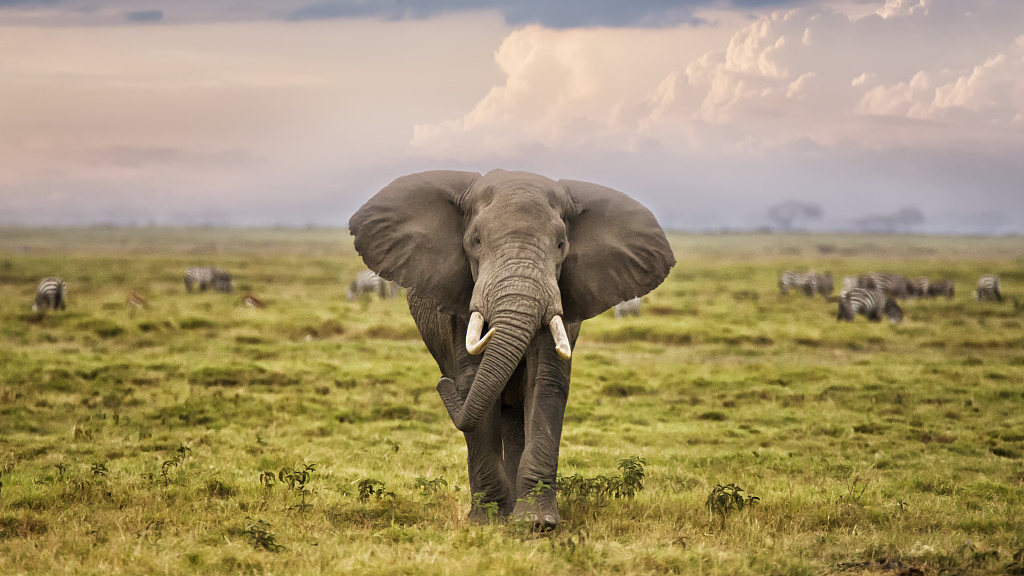
The export of African elephants will be restricted more tightly. /VCG Photo
The CITES treaty, created more than four decades ago, regulates trade in over 35,000 species of plants and animals and contains mechanisms to help crack down on illegal trade and sanction countries that break the rules.
(Cover image via VCG)
(If you want to contribute and have specific expertise, please contact us at nature@cgtn.com.)

Copyright © 2018 CGTN. Beijing ICP prepared NO.16065310-3
Copyright © 2018 CGTN. Beijing ICP prepared NO.16065310-3